We engage in a conversation with the woman in charge of the educational programmes at CEMSE, a Bolivian organization that, together with other organizations, has set up a pioneering project to prevent violence in classrooms.
The InteRed Foundation, together with CEMSE, and the support of the Catalan Development Cooperation Agency, is working on implementing a comprehensive co-educational project for the prevention of violence at schools. In this interview, Maria Lucuy, one of the people in charge, tells us about this project.
Could you tell us, in a nutshell, what CEMSE is?
The Centro de Multiservicios Educativos (CEMSE) (Educational Multiservice Centre, in Spanish) is a Bolivian organization belonging to the Jesuits’ Society of Jesus. For more than 35 years, we’ve been working on education and health, the reason why we were established to meet the needs of the people living on the outskirts of La Paz, where there are many schools that face peculiarities and shortcomings.
So, could we say you complement formal education?
Exactly! We wanted to complement education in schools in La Paz, and we still do, although now we are also present in other parts of the country.
One of your projects is “Boys, girls and teenagers coexisting in safe schools exercising their right to a life free of violence in La Paz, El Alto, Sucre and Cochabamba”. What’s this project about?
There appears to be the need to work to prevent violence in schools. Although there is legislation in this regard and several bodies are working to prevent violence against women, this is not the case in schools. Educators know about this issue but do not become involved; they look at it from a distance.
Based on this project, the document “A diagnosis on the situation of violence in educational environments” was published. How did you reach this diagnosis?
The goal is to compare the results of our intervention. So, by the end of 2017 this study will be repeated to look at the scope of our intervention. As for the content, we have designed this study internally with our team and the advice of specialist organisations to collect data.
What does the diagnosis on needs show us?
It shows us how, behind this problem, there are some strong shortcomings. Based on this, we came up with an intervention strategy to work harmoniously with all members of the educational community.
Which were the main outcomes during this first stage of the project?
One of the greatest outcomes has been creating groups of teenagers that have received a certificate from the Bolivian Ombudsman Office. These youths have established something like a students’ brigade and they act as focal points by providing guidance for all sorts of reported cases. To such an extent that, up until now, the Bolivian Ombudsman Office has appointed 42 student defenders from 12 education centres to work on preventing violence at schools and promote actions to foster the respect of human rights.
What can you tell us of the main conclusions in the study?
Until now, the main conclusion is that students only used to identify physical violence. After this first stage of the project, they now also talk of sexual and psychological violence.
Does the study provide any relevant data on this change of mentality?
Yes. The most relevant data is that, at the beginning of the project, 40% stated they had been subject to some form of violence. After the study, the figure has risen to 60%. This isn’t because the issue of violence isn’t dealt with in classrooms, but rather because the concept of violence has expanded in the minds of youths.
From now on, what lines of action to you plan to implement?
After this diagnosis, now it’s time to start a strategy for greater intervention. We have prepared materials for teachers so that they learn about the law, institutions and contact points so that they are aware of the actions they must follow when a student comes to them with a problem relating to violence. We have also designed a training plan for students, which includes leisure and participatory actions, to promote giving guidance to these teenagers. Furthermore, a joint network has been established among different organisations and institutions on the territory to prevent violence.
Finally, do you have a long-term strategy?
When we reach the end of 2017, we intend to adjust the processes with all stakeholders to establish a single model with steps to be followed in the educational community. If this yields results, at a later stage we intend to implement the model in different contexts.

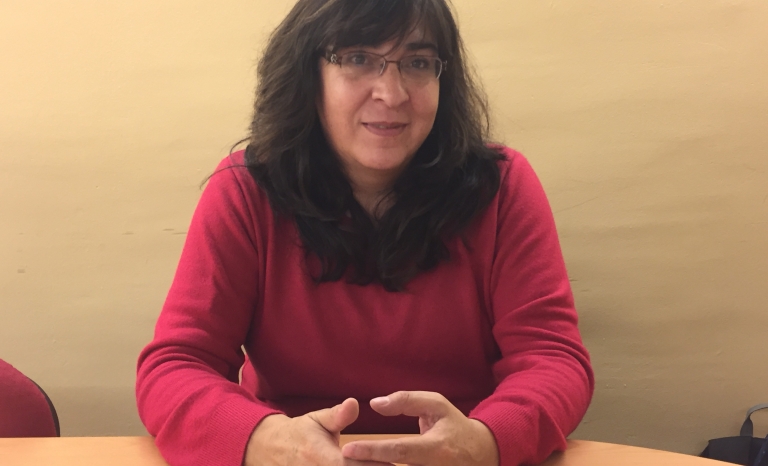
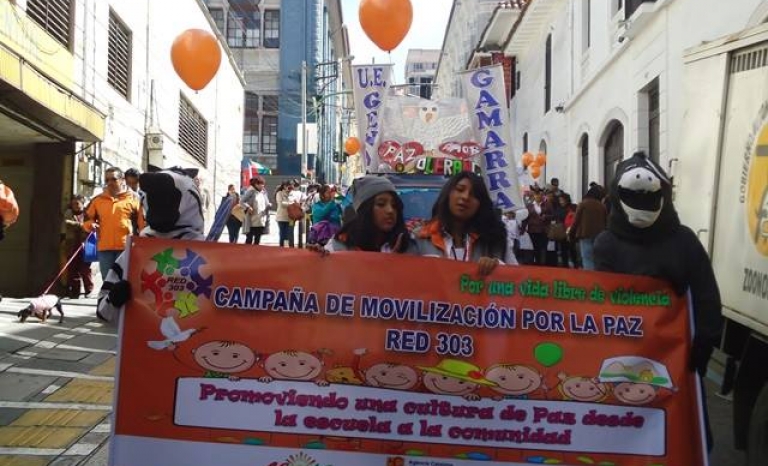
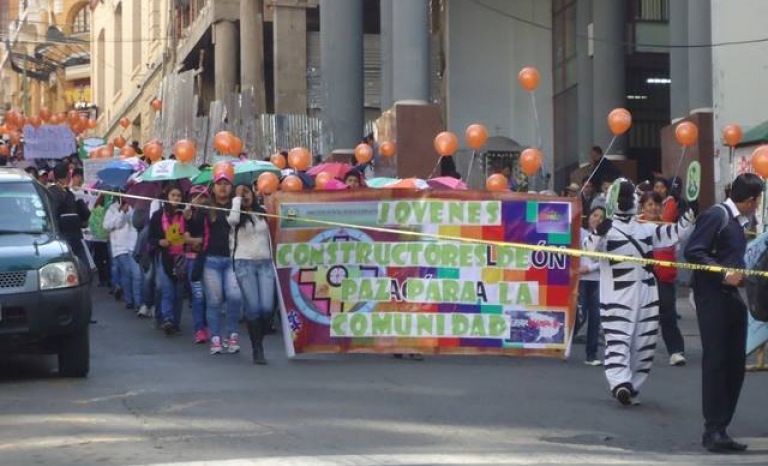
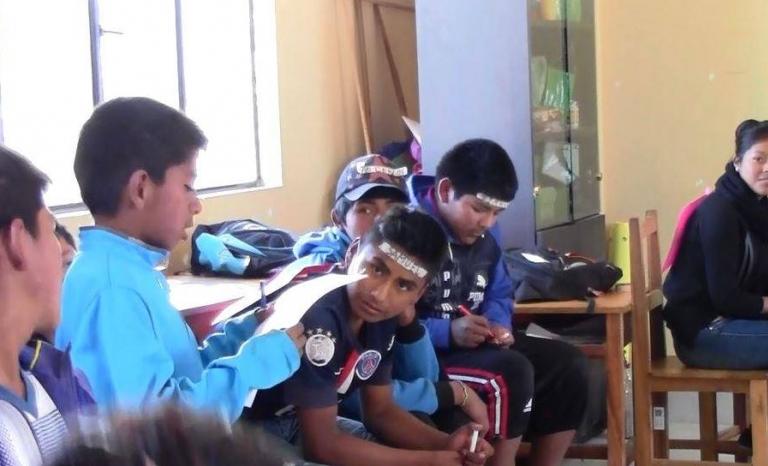
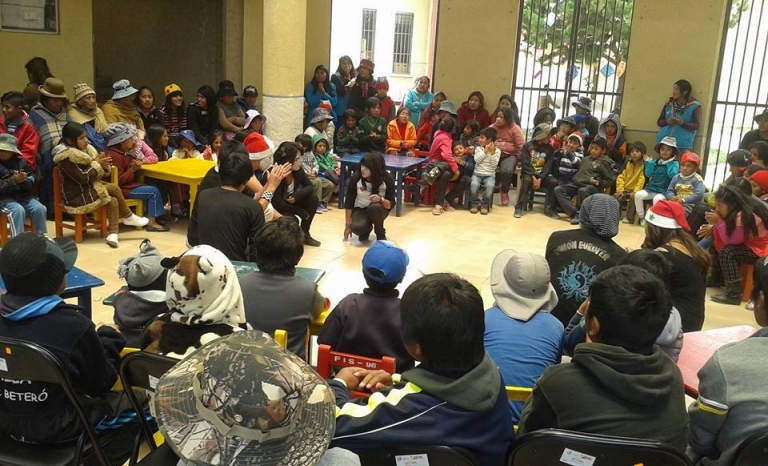
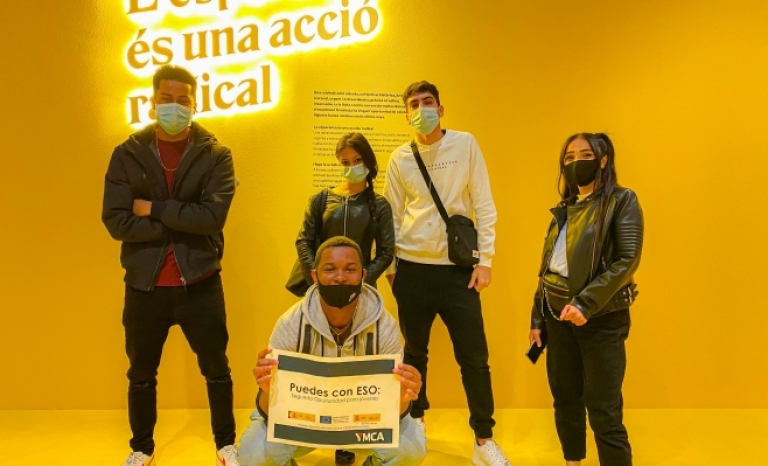
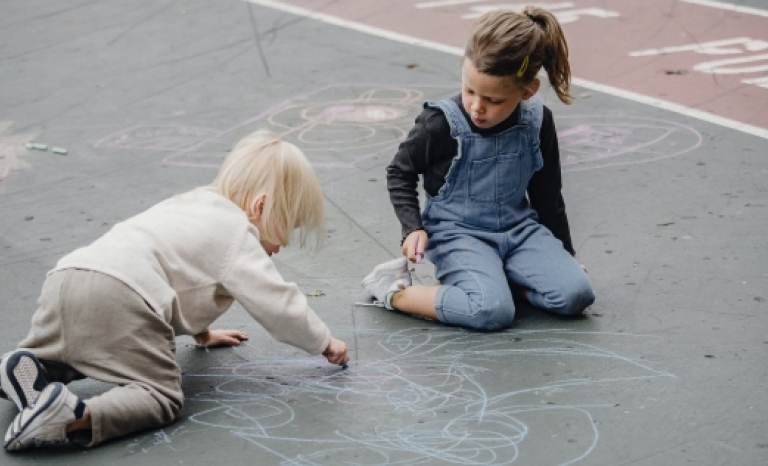
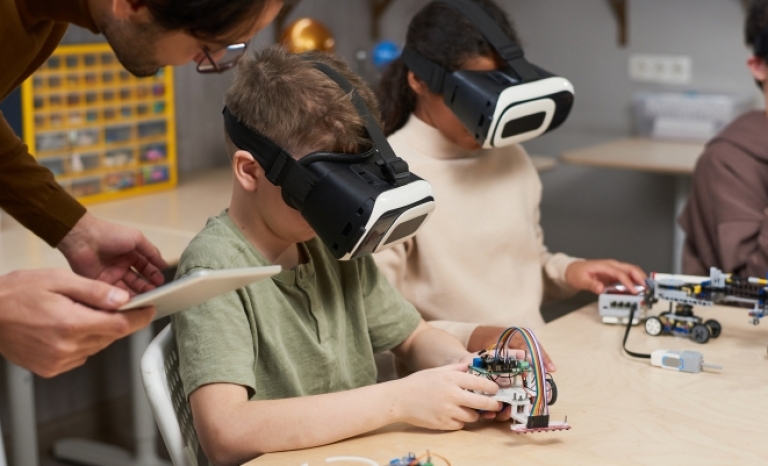




Add new comment